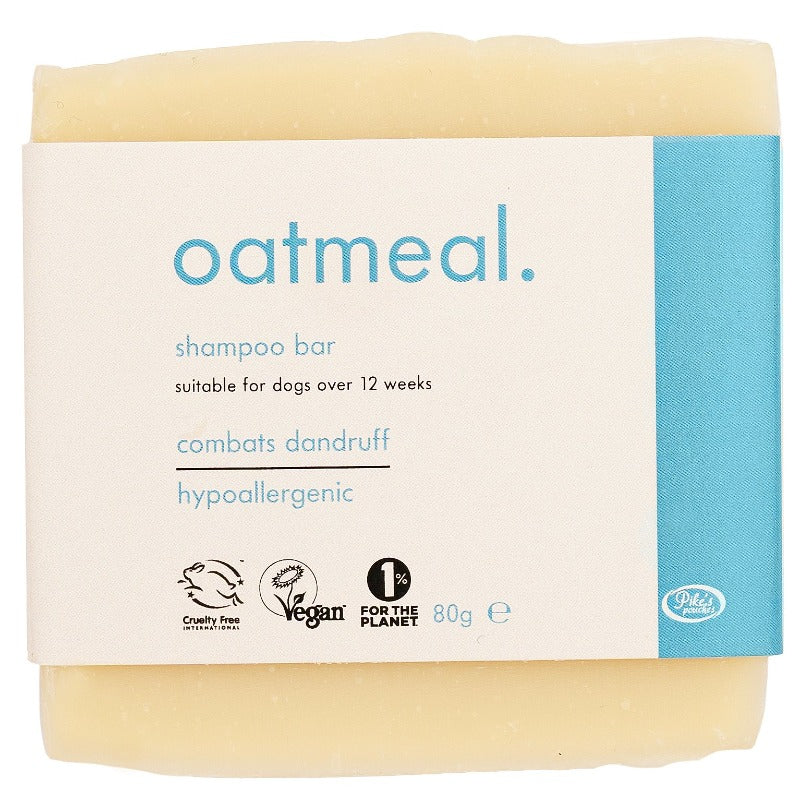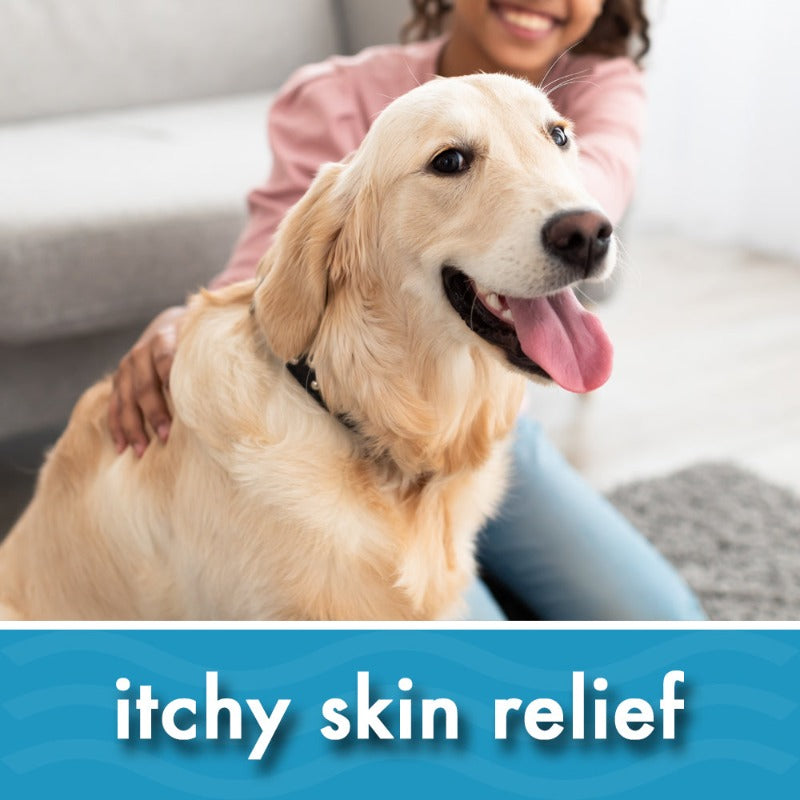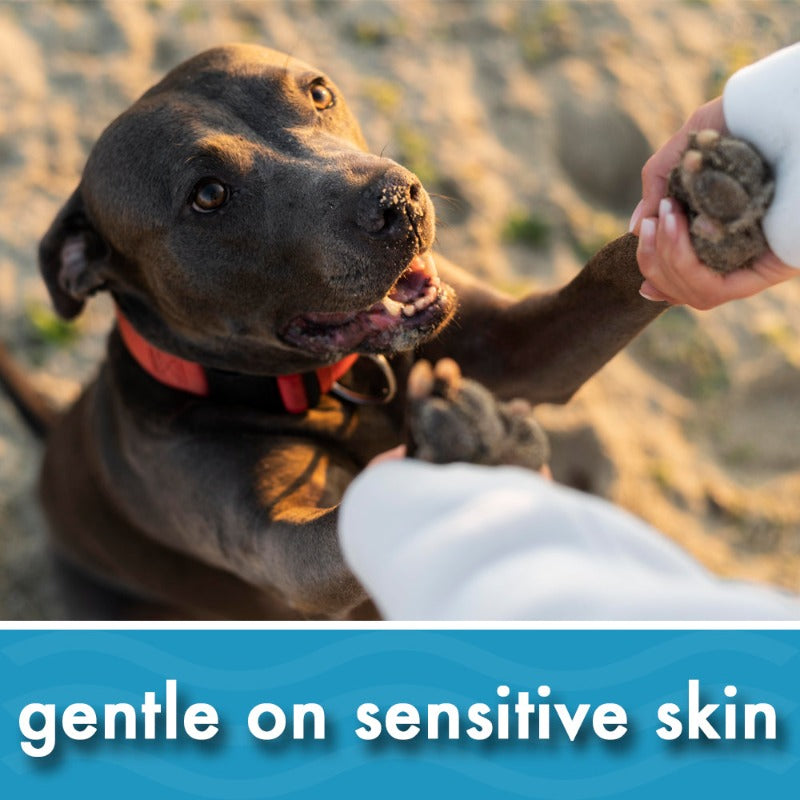Estimated reading time: 5 minutes
Table of Contents:
- Understanding Dog Skin Allergies
- Common Forms of Skin Allergies
- Recognising Symptoms
- Veterinary Consultation
- Effective Treatment Options
- Preventive Measures
- Conclusion
1. Understanding Dog Skin Allergies
Dogs, like humans, can suffer from skin allergies that often result in discomfort and irritation. Identifying the type of allergy affecting your furry friend is crucial for effective treatment.
2. Common Forms of Skin Allergies
2.1 Flea Allergies
Fleas are a common culprit when it comes to dog skin allergies. Even a single flea bite can trigger an allergic reaction in some dogs. Regular flea prevention is essential in managing this type of allergy.
2.2 Food Allergies
Just like people, dogs can be allergic to certain foods. Common allergens include beef, chicken, dairy and grains. Switching to a hypoallergenic diet can often alleviate symptoms.
2.3 Environmental Allergies
Dogs can also be allergic to environmental factors like pollen, mold or dust mites. Identifying and minimising exposure to these allergens can significantly improve your dog's skin condition.
3. Recognizing Symptoms
It's crucial to be observant of your dog's behavior. Scratching, biting, redness and hair loss are common signs of skin allergies. If you notice these symptoms persisting, seeking veterinary advice is vital.
4. Veterinary Consultation
Before starting any treatment, consult with your veterinarian. They can perform tests to pinpoint the specific allergens affecting your dog and recommend a tailored treatment plan.
5. Effective Treatment Options
5.1 Topical Treatments
Topical treatments such as anti allergy shampoos or sprays can provide relief by soothing irritated skin and reducing inflammation.
5.2 Dietary Changes
Switching to a hypoallergenic or limited-ingredient diet can help manage food allergies.
5.3 Medications
In severe cases, your vet may prescribe medications such as antihistamines or steroids to control allergic reactions. It's crucial to follow the prescribed dosage and monitor your dog for any side effects.
6. Preventive Measures
Preventing skin allergies involves regular grooming, flea prevention and minimising exposure to environmental allergens. Maintaining a clean environment and using pet-friendly cleaning products can also contribute to your dog's overall skin health.
7. Conclusion
Understanding and treating your dog's skin allergies requires a combination of observation, veterinary guidance and a commitment to preventive care. By identifying the specific allergens affecting your dog and implementing the recommended treatments, you can help your furry friend lead a more comfortable and allergy-free life.












